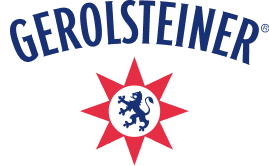PET Bottles Explained
Polyethylene terephthalate (PET) is composed of the elements carbon, oxygen and hydrogen. Nowadays there are PET-bottles on the market that are produced partially using plant-based materials. Plant-based raw materials used are molasses – a byproduct of sugar production – or sugar cane sap. PET is grouped among polyester materials. The base material was developed in 1941 in the US and has since been used as high grade synthetic fiber – for instance under the brand name “Trevira“– in the textile industry. The PET used today is refined polyester and its material properties have been further improved. Material properties: transparent, low weight, resilient, strong, unbreakable – bottles can even survive falling from a height of 2 meters due to the elasticity of the material, hygienic, excellent wear and tear properties. Since PET is a thermoplastic plastic it is shapeable at a temperature of 250°C, and can be modeled into practically any conceivable shape. Application: Bottles (drinks, foodstuffs, cosmetics), containers, PET sheeting, fibers; PET is also used as packaging and production material (packaging material for infusions, surgical sewing thread, balloons for vasodilation) in sensitive medicinal areas, such as surgery and pharmacy; breathable textiles for sports and leisure time (fleece materials), pillow fillings for allergy sufferers, wear-resistant carpeting or airbags and safety belts. Gerolsteiner aims to fully meet every customer demand and thus serves all three packaging segments – PET non-reusable, PET reusable, and glass reusable bottles. The percentage of PET reusable and non-reusable bottles is 79,6.

